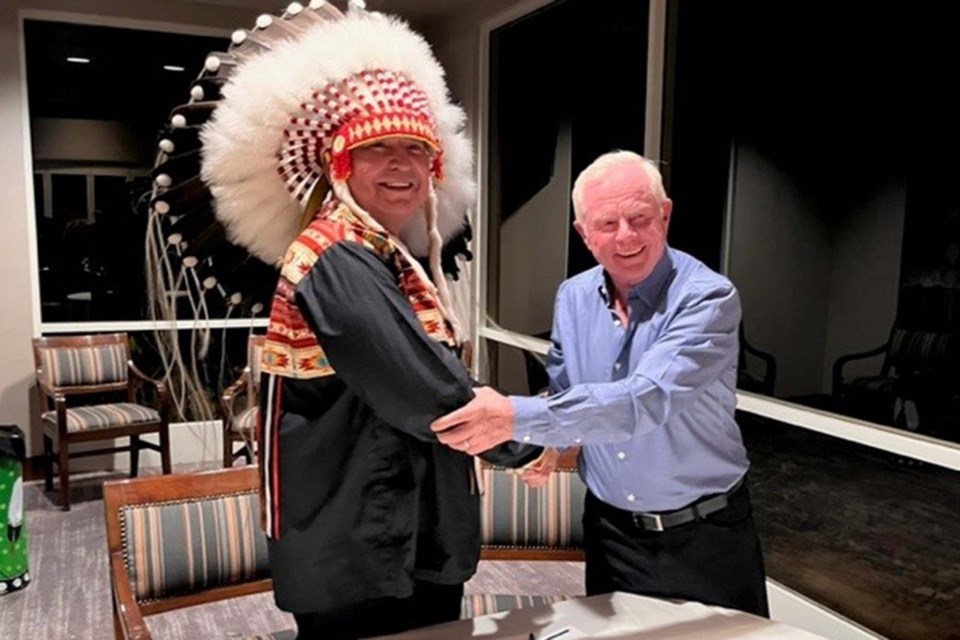Developer Landrex and Fort McKay First Nation will be 50/50 partners for a new $176-million Urban Village in the City of St. Albert.
Located on a 12.85-acre parcel of land east of St. Albert Trail and north of Coal Mine Road owned by Landrex, the village will be one of the largest First Nation real-estate developments in the Edmonton region. Sophie Baran, executive vice-president of Landrex, said the Urban Village will be a multi-family, mixed-use development centering a one-acre park. Residential capacity is planned to include 300 long-term rental units, and an additional 100 units for assisted living.
"We're really going to focus on pedestrian walkability," Baran said, noting there will also be around 60,000 to 90,000 square feet of commercial space on the site.
About five years ago, Landrex went through the process of rezoning the 12.85-acre parcel, but benched the plans after Alberta's market dipped, Baran said. Landrex returned to the project about a year ago, partnering with Fort MacKay First Nation.
"We love working with them," Baran said. "They're just an amazing group of qualified, smart people, and so we both jumped on the opportunity."
This is the second time Landrex and Fort McKay First Nation have partnered on a real-estate development — in 2021, the two entities joined forces for a $27-million multi-family complex in Beaumont, which is currently under construction.
Chief Mel Grandjamb, in a release announcing the St. Albert project, said the First Nation is "proud" to collaborate for the second time with Landrex, and to "continue diversifying our business portfolio."
"We have put an emphasis on the Nation’s long-term economic sustainability plan," Grandjamb said in the release. "The Urban Village in St. Albert will be another huge accomplishment for the Nation."
Fort McKay First Nation is currently making headway in an economic and geographical diversification plan aiming to diversify its investment portfolio outside the Fort McMurray area and the oil and gas industry.
Chris Johnson, CEO of Fort McKay First Nation, said in an interview that the Urban Village will be the "biggest real-estate development" the First Nation has pursued, and it "won't be their last."
Additionally, Johnson said the First Nation has been taking steps outside of real estate to diversify their portfolio, for example most recently purchasing 40 per cent equity in GlassMasters Auto Glass.
"We're analyzing a number of investment opportunities every day," Johnson said, noting that these investments will help protect the First Nation from volatility within the oil and gas sector. "We're going to be sustainable for for many years to come after the oil sands are gone."
The Urban Village is set to begin construction this spring. Baran said the development will be phased, with a total timeline of about five years. This spring will see the site serviced, with vertical construction for the first residential building set to begin in the fall, a process that will take around 18 months to complete.
Subsequent phases will include an additional residential building, and the commercial development.
Baran said she is personally "very excited" for the project to begin construction.
"Landrex has been working in St. Albert for such a long time," Baran said. "We're excited to bring in a great partner to bring this kind of development to St. Albert. I think it's going to be great."



